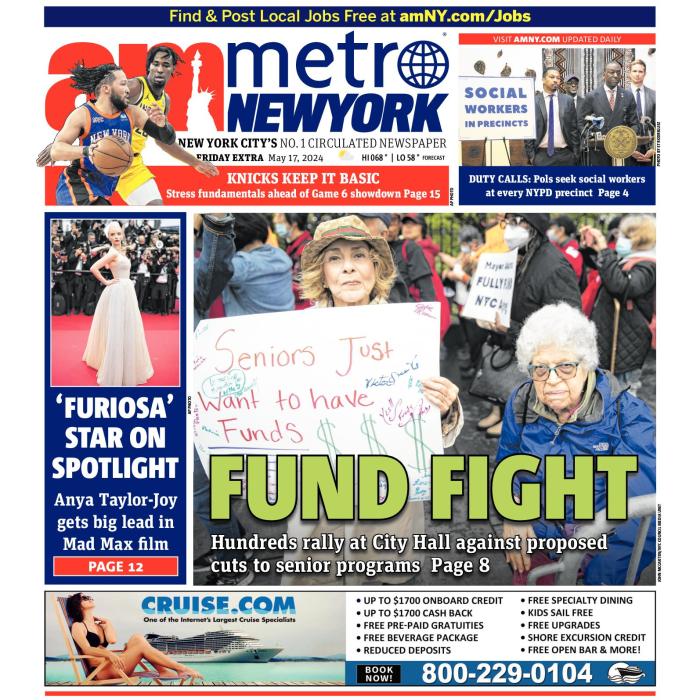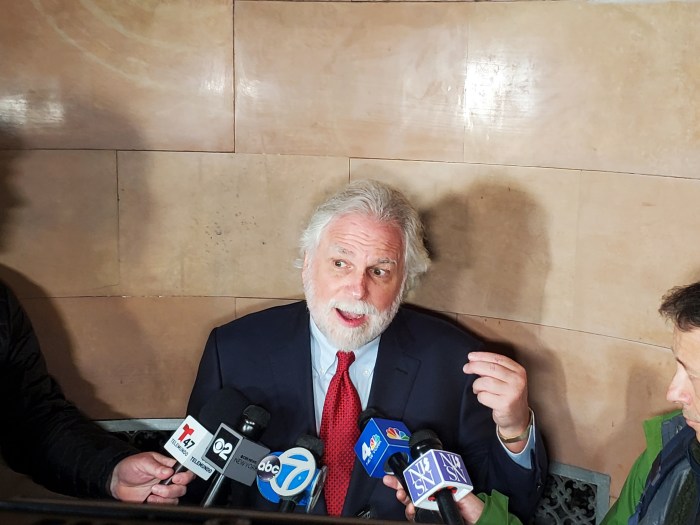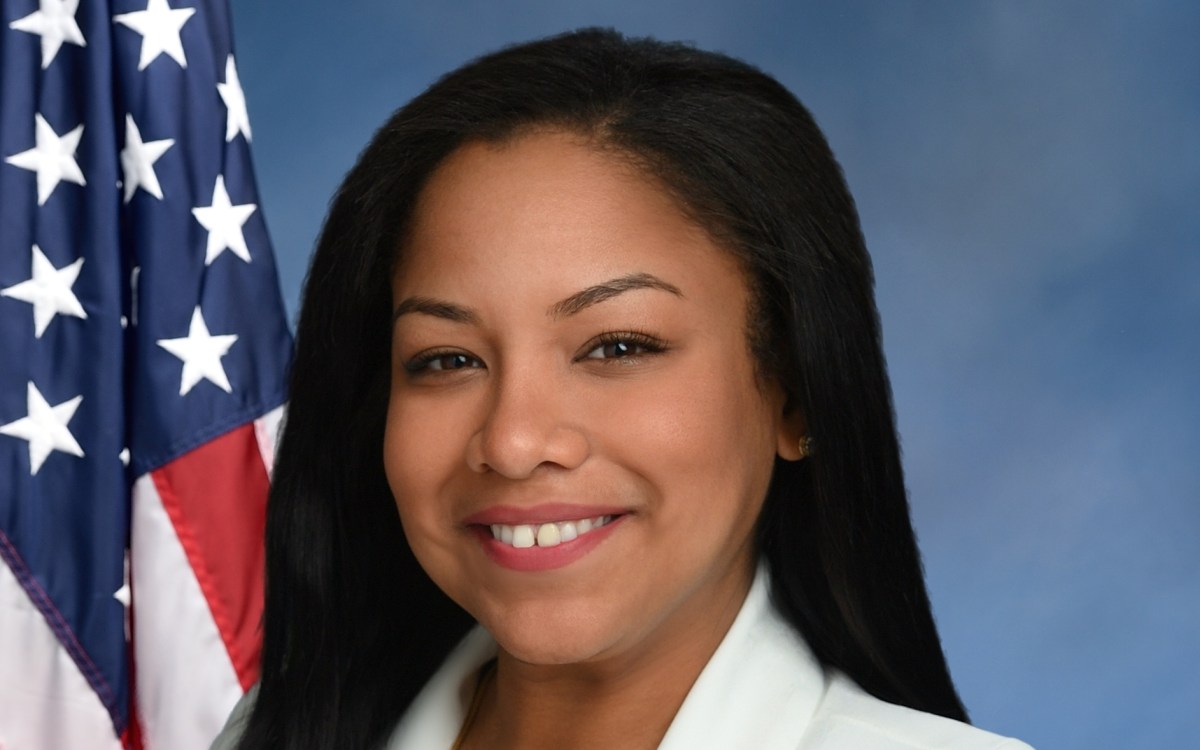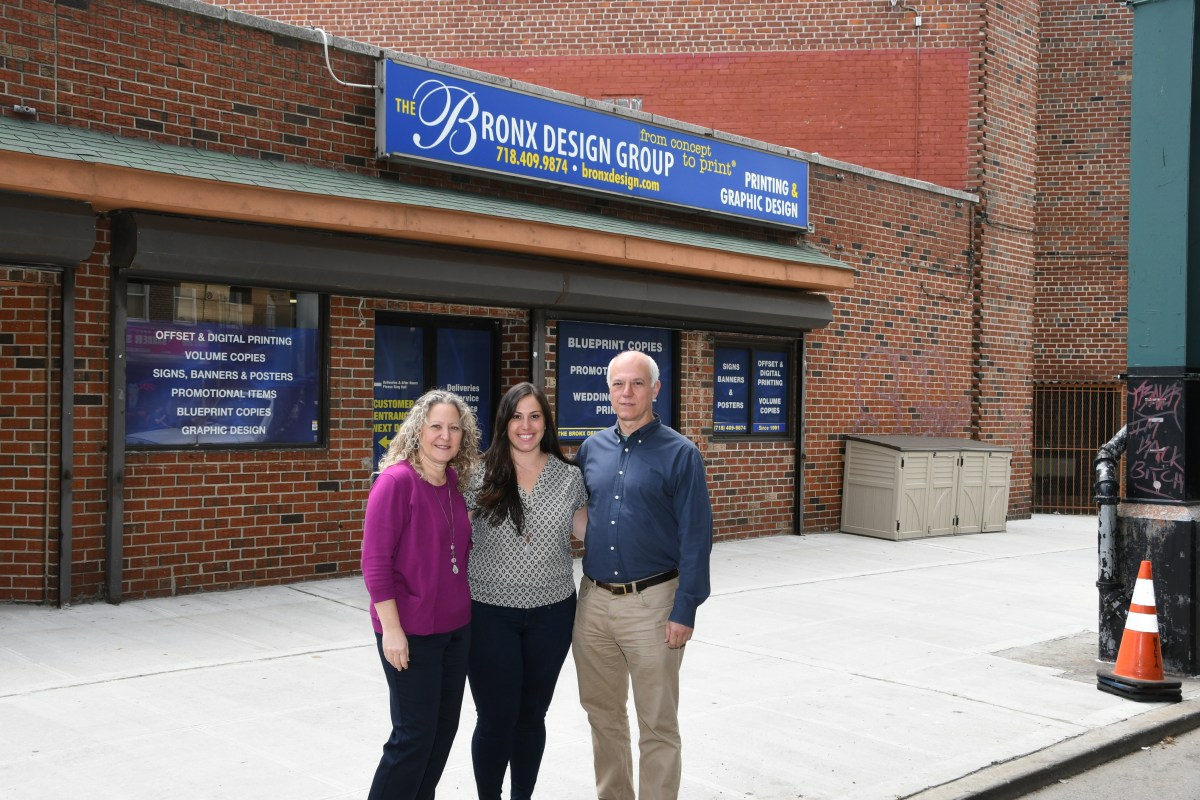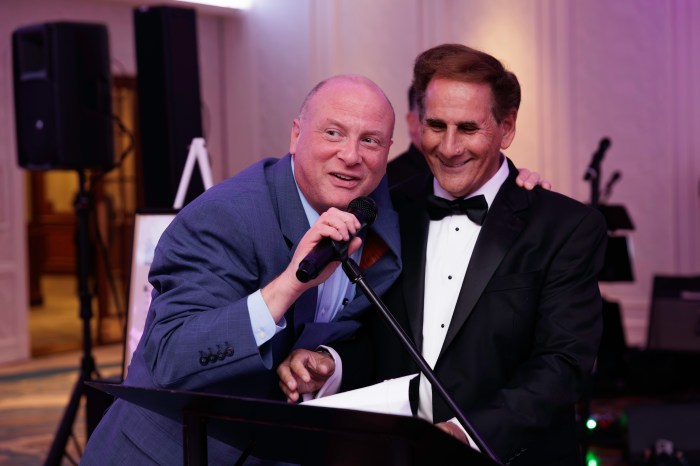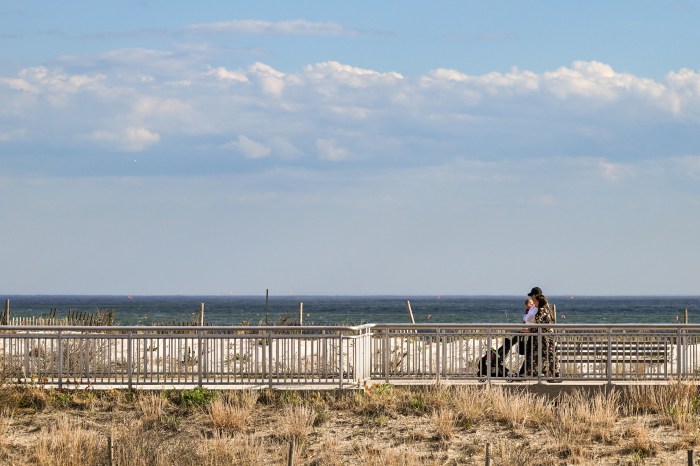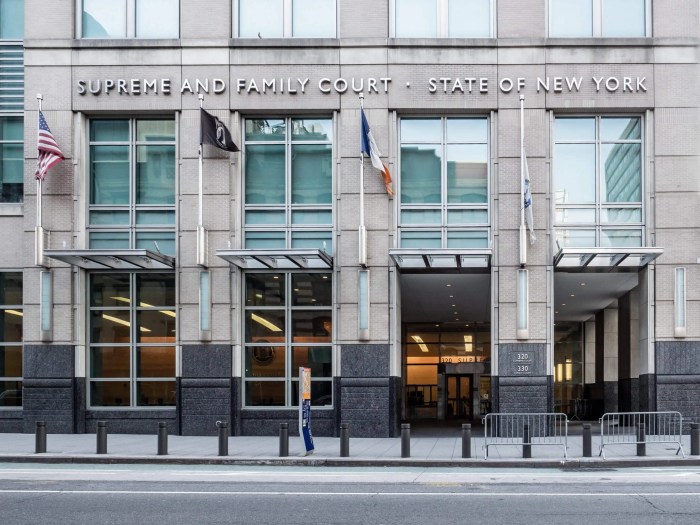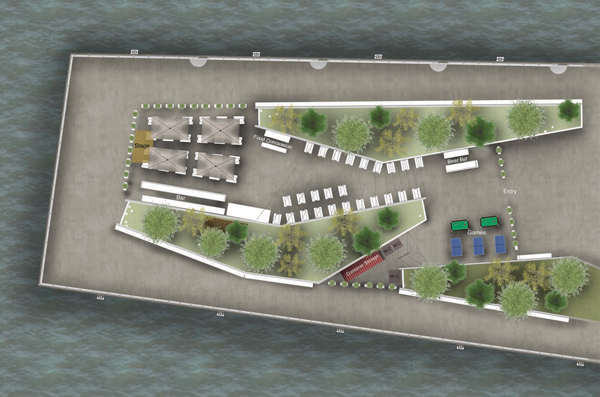
BY SAVE CHELSEA | Thank you for Zach Williams’ article entitled “Mixed Buzz on Pier 62 Beer Garden,” which appeared in the July 30th issue of Chelsea Now.
Save Chelsea joins many other groups and individuals in opposing the proposed beer garden, which would accommodate 200 patrons, operated by Merchants Hospitality Inc., self-described as a “full service hospitality company with expertise in investment, development, ownership and management of real estate, restaurants, and hotels.” As Williams also reports, this proposal has been met with skepticism and opposition by area residents.
For one thing, it would eat up a large chunk of what is described on the Hudson Park’s (HRP) website as “a whimsical, fun filled pier that both children and adults can enjoy. It features a one-of-a-kind carousel ride, skate park, and open plaza area on the western end of the pier.”
Further, the sacrifice of public park land for commercial enterprise is diametrically opposed to the basic definition of what a public park is supposed to be: “…an area of land created for the enjoyment of the public, having facilities for rest and recreation, often owned, set apart, and managed by a city, state, or nation” — not as investment opportunities for developers, real estate interests, corporate entities, or even, for that matter, wealthy philanthropists.
Pier 62 represents yet another instance of a commercial venture intruding upon and exploiting what has formerly been dedicated public open space.
The public park-to-private profit alchemy is increasingly ubiquitous. We have Shake Shack creating long lines and crowds in Madison Square Park; The Pavilion Market Cafe, which has now taken over a traditionally public structure in Union Square Park; the replacement of historic Pier 54, to be replaced by new Pier 55, a project added by at least $100 million dollars from the private sector; the revamping of Pier 57, being touted as a future Superpier, as well as the rapidly vanishing vistas, open air, space and light along the Chelsea segment of the High Line Park, where spectacular views are now blocked by a virtual canyon of luxury housing.
To hear the sales pitches of proponents of the proposed beer garden and most other similar public to private schemes, one would think there are NO other places to eat, drink or live. This is simply not so. NYC, and certainly Chelsea, are by no means lacking in luxury housing, restaurants, bars or cafes.
It is then no surprise that the “public” is growing increasingly skeptical — as day by day, more and more public space is gobbled up by private interests and commercial enterprise. But sadly, none of us should be surprised. After all, we now live with the private sector’s ferocious appetite for consuming hospitals, post offices, and public libraries. In fact, the air itself has become a valuable commodity known as “air rights” — square footage in the sky.
These days, few are naive enough to expect public spaces to be only supported by local and state tax dollars. Anyone who lived in NYC in the 1970s knows that is no longer a realistic expectation. But, the public to private trend, now becoming so firmly entrenched, must be forged into a public process that benefits all, not just the few.
To date, many neighborhoods have opposed and fought the privatization of their parks — which, during fallow economic times, were literally saved and brought back to life by the tireless efforts at the grassroots level. Small wonder local residents feel so protective of their parks, which are now being hijacked by commercialism and tourism. Without a truly transparent public process, mega-powers and BIG money can simply work the system, overwhelming even the most vigorous community protest.
Even beyond the issue of privatization, the beer garden slotted for Pier 62 brings up other critical issues. Where and how is the annual revenue for this establishment to be used? The public has repeatedly been told that a park extending out into the river is fantastically expensive to maintain. The original plan for funding HRP was never implemented. This involved culling funds from taxes, which would appreciate as property values across from the park would grow. Instead, special legislation was passed in 2013, allowing the transfer of more than six million square feet of development rights from commercial piers one block inland from Chambers to W. 59th St.
The public was told the funds from the TDRs (Transfer Development Rights) would be used to maintain the park, defray the cost, and complete repairs of damage from Super Storms Irene and Sandy.
Just over a year after Sandy, a chilling article called “Flood Risk Map puts West Chelsea in Danger Zones” appeared in Chelsea Now. This included redrawn FEMA maps clearly showing that HRP is directly in the floodplain. Many locations — including the beer garden — are in “Advisory Zone V,” which “could be flooded by high velocity, breaking waves of three feet or more.”
Who will be picking up the tab for what is predicted to be even greater devastation? Our guess is, when the waters recede, we will all be left crying in our beer.
For more info on Save Chelsea, visit SaveChelsea.com.
